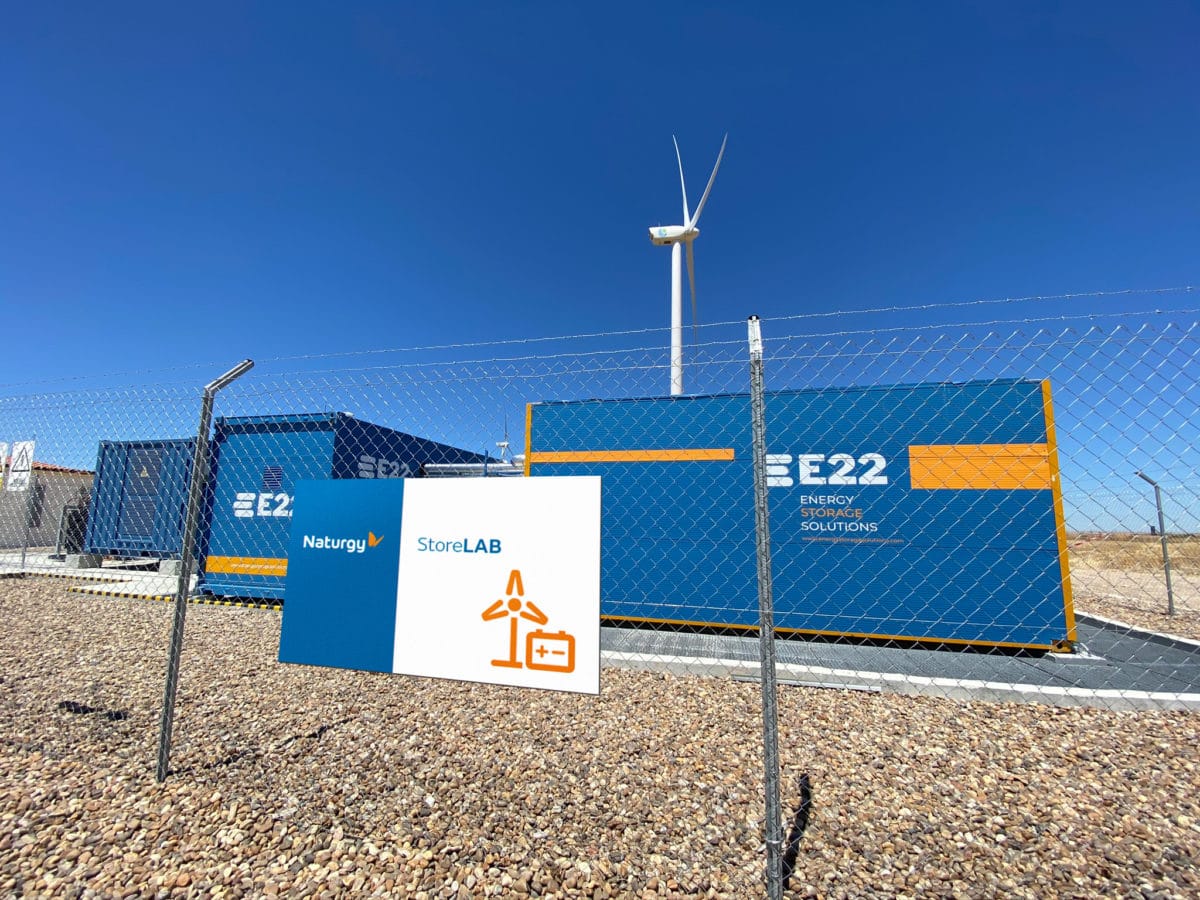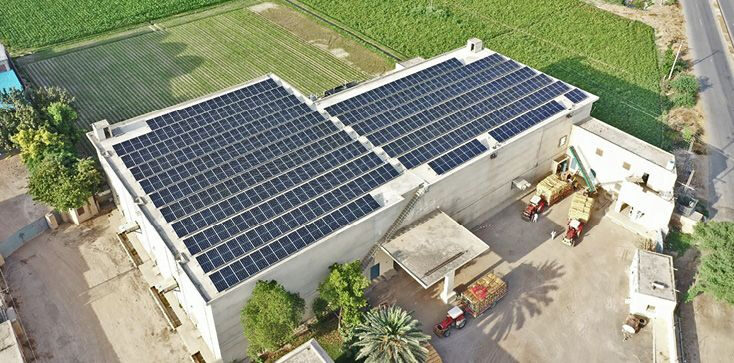Researchers at the University of Sheffield in the United Kingdom have compared the performance of lithium-ion batteries (LIBs) with that of vanadium redox flow batteries (VFBs) in a modeled commercial PV installation in California.
“The primary contribution of this work is to perform such multi-objective optimizations for VFB and LIB systems using the most detailed degradation models available for each technology,” they said, noting that they see solar oversizing, storage power, and storage duration as the main variables.
The group used a mixed-integer linear programming approach to calculate the self-sufficiency ratio of the storage solutions and a hybrid VFB-LIB system. The solar facility was assumed to have a capacity of 636 kW, to power a grocery store in a single-floor building.
“The facility is active seven days a week and displays a broad peak between 6 a.m. and 11 p.m.,” the researchers said. “In the summer, shorter load spikes occur during the active hours, presumably due to air cooling load.”
The roundtrip AC efficiencies of the LIBs and VFBs were assumed to be 0.94 and 0.78, respectively, and the plant operation was optimized 24 hours at a time, with the assumption of perfect forecasting of PV and demand within this time frame. A rain-flow-counting algorithm was applied to the state-of-charge (SOC) profile of both LIB and VFB in order to calculate their degradation.
The academics found that both the LIBs and VFBs, as well as their hybridization, with an oversized PV array, could achieve a levelized cost of energy (LCOE) of less than $0.22/kWh, while still providing a self-sufficiency ratio of 0.95.
“Between 0.8 and 0.95 SSR, the optimum duration of both systems is six to 7.5 hours,” the scientists said. “The optimal choice of LIB or VFB depends on both the CAPEX assumptions and the assumptions regarding LIB cell temperature with respect to the ambient climate.”
The group said that LIBs are the cheaper option with a high SSR, as they require battery oversizing and a lower number of cycles.
“VFB manufacturers should focus on sites with high upper ambient temperature ranges, as LIB will suffer increased LCOE in these situations,” the scientists. “Given the overlap in LCOE for LIB and VFB depending on the scenario, it is likely that other factors will come into consideration when making the choice between the two technologies.”
The scientists presented their findings in “The economics of firm solar power from Li-ion and vanadium flow batteries in California,” which was recently published in Large-scale Energy Storage.
This content is protected by copyright and may not be reused. If you want to cooperate with us and would like to reuse some of our content, please contact: editors@pv-magazine.com.




Why is it calculated in LCOE ? What is the LCOS of the Li-Ion BESS? US$0.50/kWh?
Hi Chris,
I know that LCOS is the metric typically used with BESS, but in this case, we were trying to optimise both the PV oversizing and the BESS to get the lowest cost of electricity for the facility. We thought that LCOE was a more appropriate definition, as it is used for power generation, and this is a power generation (firm PV) case study.
If done properly, the LCOS calculation would give the same value as the LCOE we report. However, if you simply took a reported LCOE of PV and stuck it in an LCOS calculation you likely get an unrealistically low number at high SSR. This is because in our islanded case study a lot of the PV is unused due to oversizing to meet the winter needs. Another reason you might get a lower number is that you might assume the BESS would be doing 1 cycle per day, whereas it is more like 0.5 at high SSR.
I hope this helps answer your questions,
Diarmid